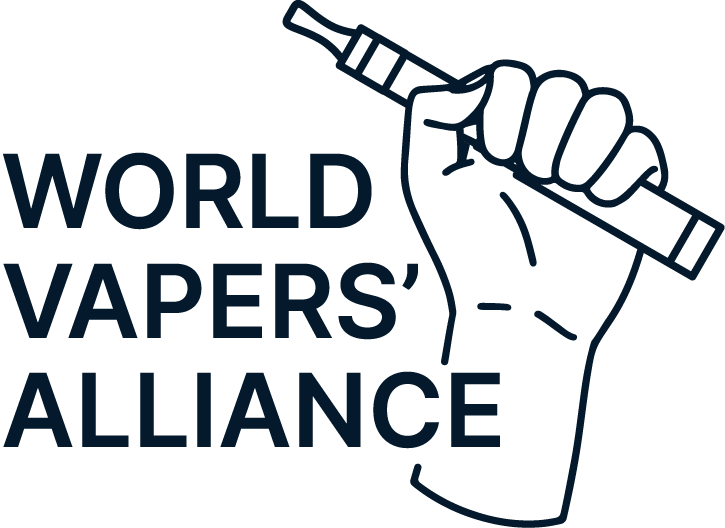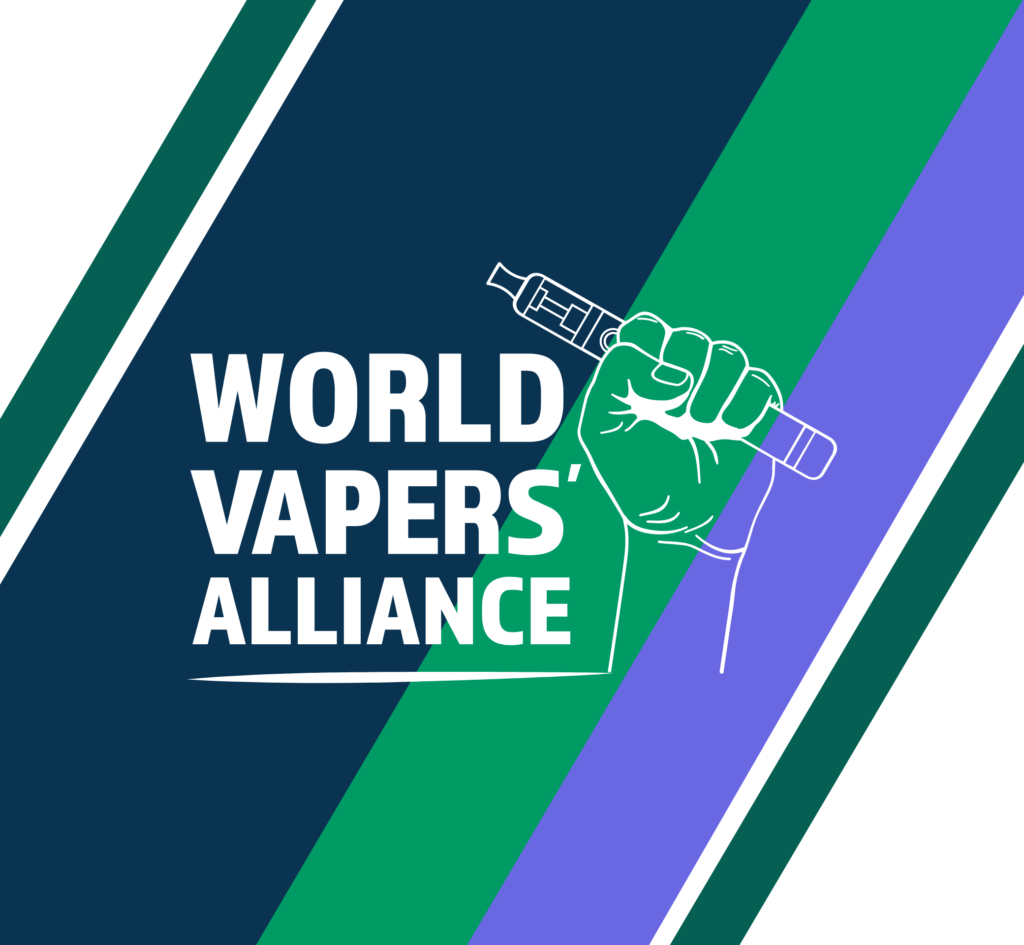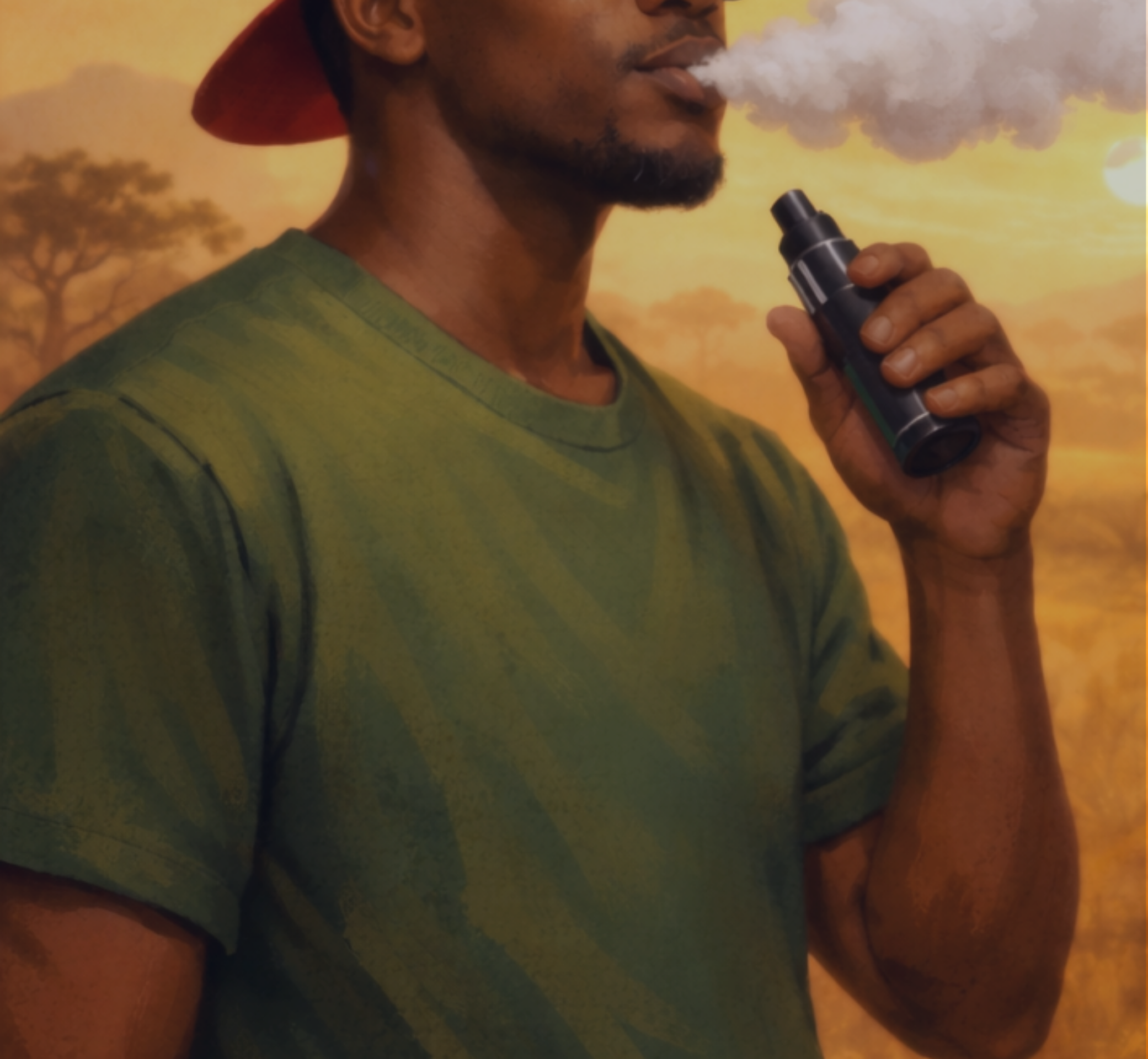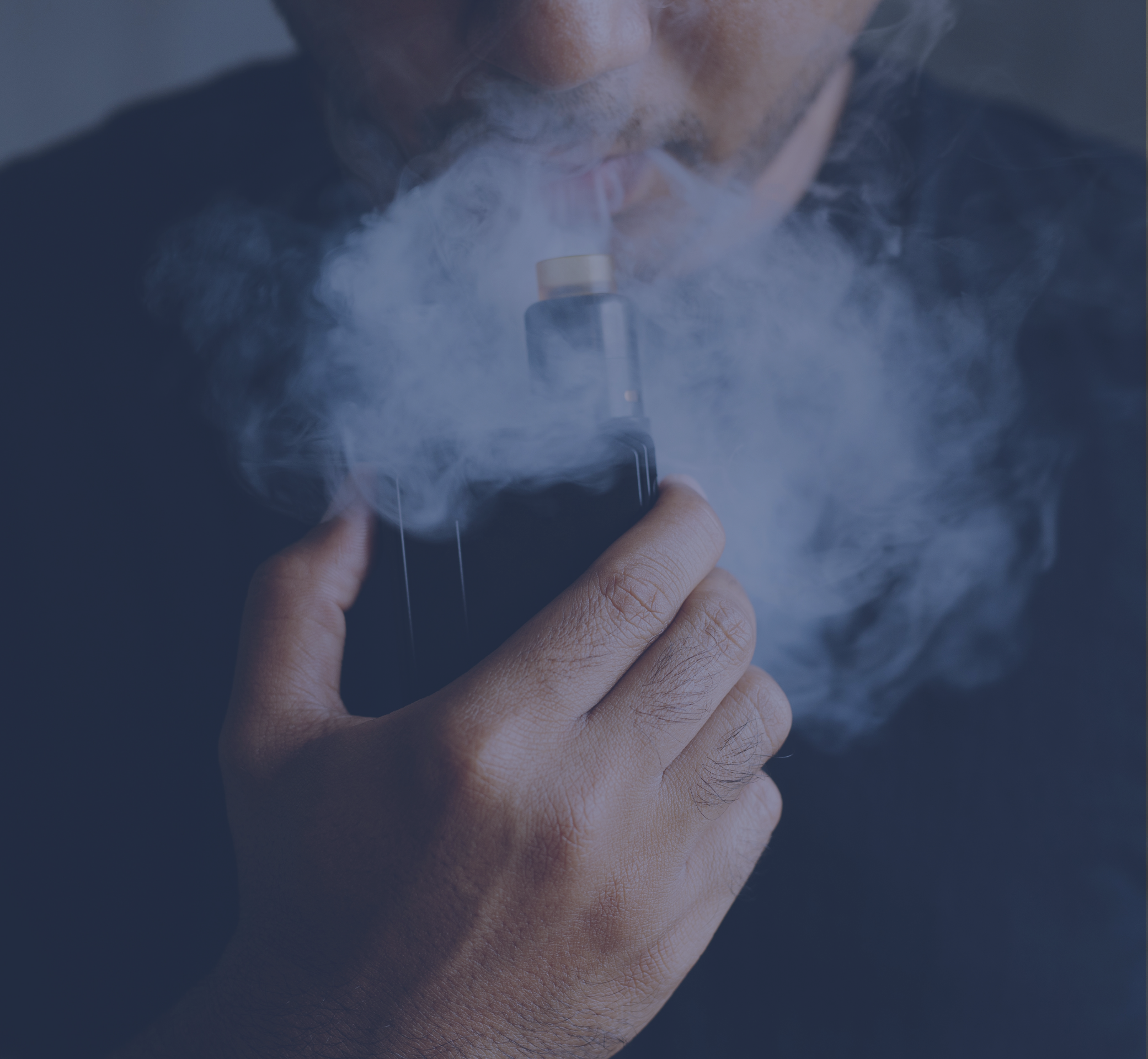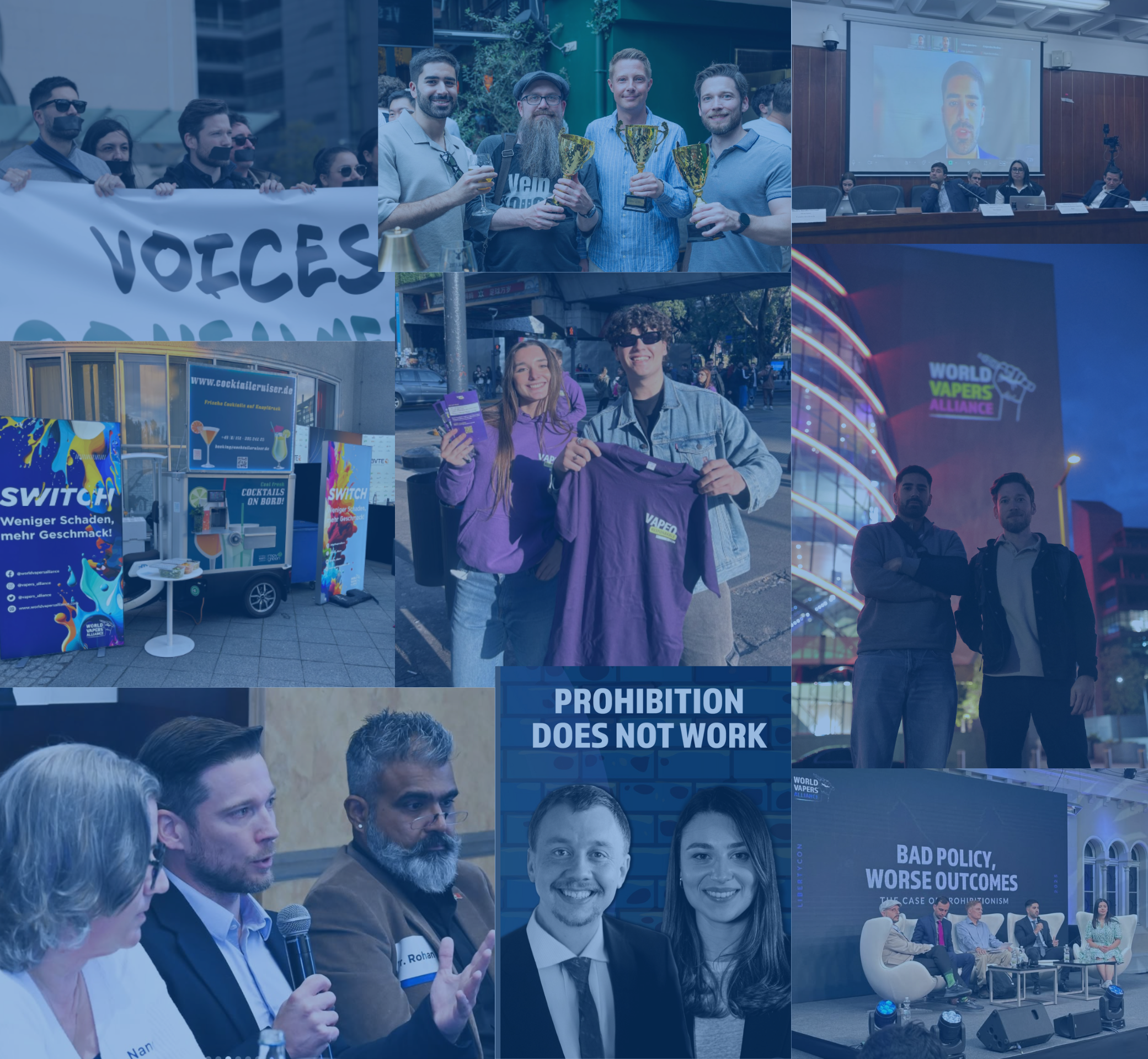Grundlæggeren af World Vapers' Alliance, Paul Meller, taler om forbuddet mod e-cigaretsmag i Californien, og hvordan embedsmændene dér har den forkerte tilgang.
For en udenforstående er Californiens repressive nye vapinglove forvirrende. Verden over er staten synonym med teknologisk innovation, sund levevis og en "lev og lad leve"-tolerance over for andre.
Hvordan kan staten lukke ned for en banebrydende teknologi, der potentiale til at begrænse tobaksrygning til historien, og som allerede på lidt over et årti har gjort mere for at reducere skader fra rygning end nogen anden skadesreduktionsmetode nogensinde opfundet?
Det er især mærkeligt, når man tænker på, at Californien er hjemsted for omkring en million vapers – omtrent en ud af ti af alle vapers i USA, som i øjeblikket er det største vaping-marked i verden.
De seneste restriktioner vil betyde, at smagstilsatte vape-juicer vil blive forbudt at sælge i staten fra januar. Medmindre en kampagne for at kræve en folkeafstemning om den nye lov lykkes. Mere om det nedenfor.
Selv før de nye statslige restriktioner træder i kraft, er Californien den næstværste stat for vapers efter New York, ifølge Amerikansk vapingindeks – en undersøgelse af det amerikanske marked, der blev offentliggjort sidste måned af vores venner hos Consumer Choice Center.
Undersøgelsen peger på udbredte kommunale smagsforbud og en statslig punktafgift på 57% af engrosprisen på vapingprodukter. Og i det land, der gav os websøgning, begrænser Californien onlinesalg af smagsstoffer i vapingprodukter.
Få vil mene, at to af de mest disruptive – endda revolutionerende – produkter i det sidste halve århundrede er smartphonen og elbilen. Begge blev født i Californien.
Steve Jobs fra Cupertino og Elon Musk længere nede ad vejen i Palo Alto genopfandt et eksisterende hverdagsprodukt ved at tilføje en ny og fundamental fordel til det. En bil, der ikke forurener. En telefon, der også fungerer som en bærbar, internetdrevet computer, og meget mere.
Hvad med en cigaret, der ikke dræber? Ligesom elbilen fjerner en elektronisk cigaret det mest skadelige og forurenende element fra et produkt, som mange mennesker bruger til bekvemmelighed og/eller fornøjelse.
Ligesom elbilen giver den elektroniske cigaret håndgribelige fordele for samfundet såvel som for den enkelte forbruger. Mens elbiler er med til at reducere miljøpåvirkningen fra et populært transportmiddel, kan e-cigaretten være med til at mindske byrden på folkesundhedsressourcerne fra behandling af rygerelaterede sygdomme. Begge lover milliarder i besparelser for de offentlige kasser.
På samme måde som en smartphone-træningsapp kan opfordre dig til at træne mere, kan en elektronisk cigaret hjælpe en ryger med at erstatte cigaretter med et alternativ, der er mindre skadeligt, og som stadig er behageligt (og derfor mere sandsynligt effektivt).
Men vaping oplevede ikke den eksplosion af innovation, der fulgte efter smartphonens og elbilens ankomst. Faktisk tørrede det helt ud i 2016 på grund af overdreven regulering.
Det var på det tidspunkt, at den amerikanske fødevare- og lægemiddelstyrelse (FDA) effektivt lukkede ned for al ny produktudvikling på det amerikanske marked for e-cigaretprodukter ved at udvide kravene til ansøgninger om tobaksvarer (PMTA) til alle nye vaping-produkter. Godkendelsesprocessen tager tre år. Ikke overraskende flyttede vaping-innovationen sig til udlandet, primært til Europa og Kina.
Vaping har været i tilbagegang i USA lige siden. Dette er intet andet sted mere tydeligt end i Californien.
“"Californien har altid været set som vapingens mekka i USA på grund af det store antal e-væskeproducenter, der startede her, så der er altid kommet en del innovation ud af dette segment af industrien i staten," sagde Stefan Didak fra Neighborhood Business Alliance, der også hjælper California Coalition for Fairness, som fører an i kampen for en veto-folkeafstemning om det forestående statsomfattende smagsforbud.
Men han tilføjede, at alt ændrede sig, da FDA udvidede PMTA-kravene til at omfatte vaping-produkter. Et markedsstop trådte effektivt i kraft i august 2016. "Siden da har der ikke fundet nogen reel innovation sted i USA," sagde han.
Nu vender overivrige regulatorer sig mod markedets efterspørgselsside. Smagsforbuddet hævdes at være et forsøg på at holde nikotin utilgængeligt for børn. Støtten til restriktionerne blev styrket af EVALI-sundhedsskrækken i 2018. EVALI – e-cigaretter og vaping-relateret lungeskade – blev fejlagtigt bebrejdet vaping af folkesundhedsorganer, herunder Center for Disease Control. Sidste år indrømmede de, at de tog fejl, men på det tidspunkt var skaden sket med hensyn til offentlighedens opfattelse af vaping.
Fairness Coalition er travlt optaget af at indsamle underskrifter til støtte for en folkeafstemning om det nye, statslige smagsforbud. De argumenterer for, at et forbud mod smagsstoffer ikke er vejen til at forhindre børn i at blive lokket ind i nikotinafhængighed, fordi der allerede er regler mod vaping blandt mindreårige, og fordi det er uretfærdigt at nægte voksne rygere flugtvejen fra deres farlige og beskidte vane.
De argumenterer også for, at forbud mod smagsstoffer til vape-juicer vil skubbe disse produkter under jorden, hvilket kan gøre dem mere attraktive for børn. Så smagsforbuddet kan faktisk øge børns interesse for vaping.
Den påpeger, at forbuddet vil skade små lokale virksomheder og koste staten arbejdspladser i det, der stadig er en blomstrende hjemmeindustri af vape-butikker, juiceblendere og producenter af forskellige vaping-tilbehør.
Og nok vigtigst af alt peger det på videnskabelige beviser offentliggjort i juni 2020, som viser, at forbud mod smagsstoffer kan øge cigaretrygning.
Forskningen – udført af akademikere ved O'Neill Institute for National & Global Health Law, Georgetown University, School of Public Health ved University of Memphis og Department of Health Outcomes and Policy, University of Florida – ser på San Francisco kommune, en af de første i staten til at indføre et smagsforbud.
Hr. Didak og hans kolleger skal have 623.312 gyldige underskrifter indsendt inden fristen den 26. november. Det er over halvdelen af antallet af vapers i Californien. Ikke en lille bedrift, men en som hr. Didak er overbevist om, at de kan opnå.
World Vapers' Alliance vil støtte vapers i deres indsats, hvor vi kan.
Se vores kampagne nedenfor:
